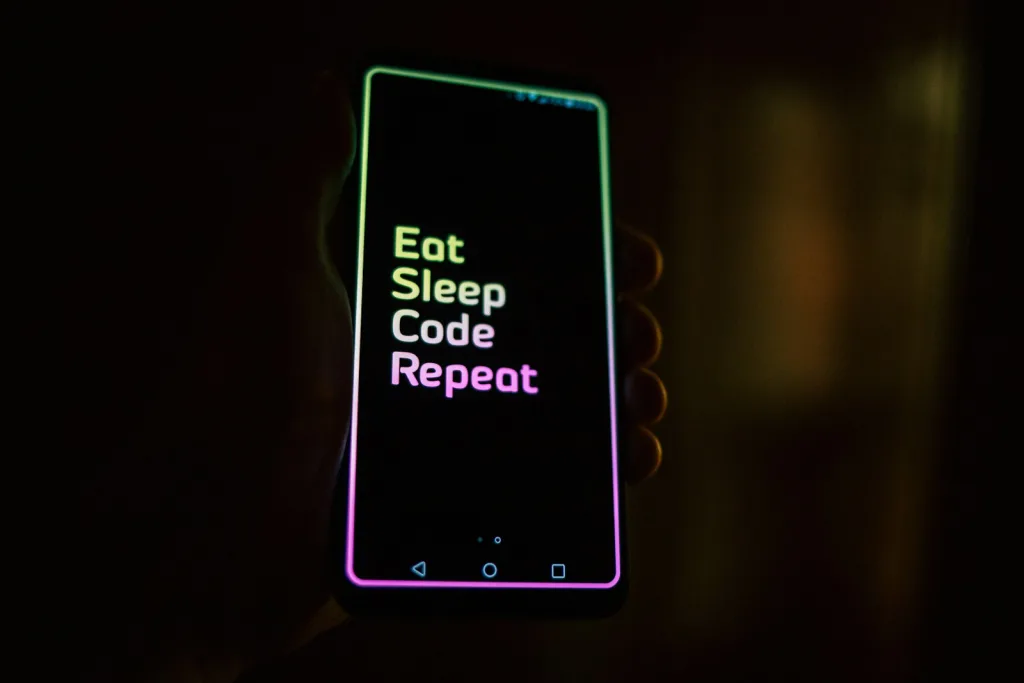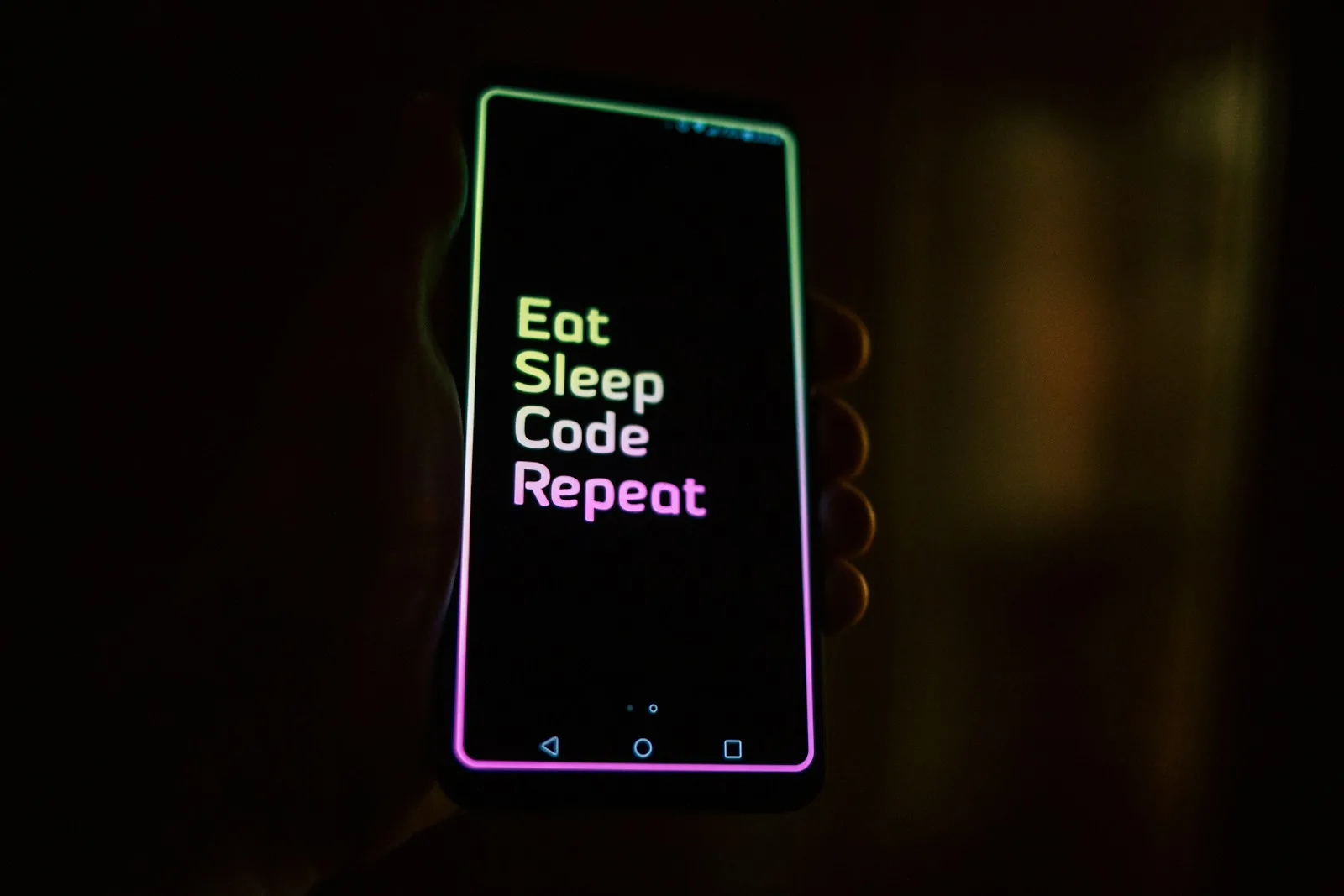Step-by-Step Guide to Writing Your First Piece of Code

Writing your first piece of code can be an exciting introduction into the world of programming. This guide provides a step-by-step approach to help beginners create their very first program, demystifying the coding process and making it accessible to everyone.
Choosing a Programming Language
Before you start coding, you’ll need to choose a programming language. For beginners, languages like Python, JavaScript, or Ruby are excellent choices due to their simplicity and readability.
- Python is known for its straightforward syntax and is widely used in data science, web development, and automation.
- JavaScript is essential for web development and allows you to add interactivity to websites.
- Ruby is appreciated for its elegant syntax and is commonly used in web development with the Ruby on Rails framework.
Setting Up Your Development Environment
- Install a Code Editor: A code editor is where you’ll write your code. Beginners can start with something simple and user-friendly like Sublime Text, Visual Studio Code, or Atom.
- Download and Install the Compiler/Interpreter: Depending on the language you choose, you might need to install a compiler or interpreter. For Python, download and install from python.org.
Writing Your First Program
Let’s write a simple program in Python that prints “Hello, World!” to the screen. This traditional first program helps you learn how to output data with your chosen language.
- Open Your Code Editor: Start your code editor and open a new file.
- Type the Following Code:
print("Hello, World!") - Save the File: Save your file with an appropriate name and a
.pyextension if you’re using Python, such ashello_world.py. - Run Your Program:
- Open your command line interface (CLI).
- Navigate to the directory where your file is saved.
- Type
python hello_world.pyand press Enter.
If everything is set up correctly, you’ll see “Hello, World!” displayed in your command line window.
Understanding Your First Program
- The
print()function in Python outputs data to the screen. Whatever you include inside the parentheses ofprint()will be displayed exactly as written.
Tips for New Programmers
- Practice Regularly: The best way to learn coding is by doing. Try to code daily or several times a week.
- Understand the Basics: Before moving on to more complex projects, make sure you understand basic concepts like variables, data types, control structures (loops, if statements), and functions.
- Debugging: Learn the basics of debugging to solve the inevitable errors that occur when coding. This involves checking your code for syntax errors, logical errors, and runtime errors.
Conclusion
Writing your first piece of code is a milestone in learning programming. By starting with a simple program, you can gradually build your skills and confidence to tackle more complex projects.






